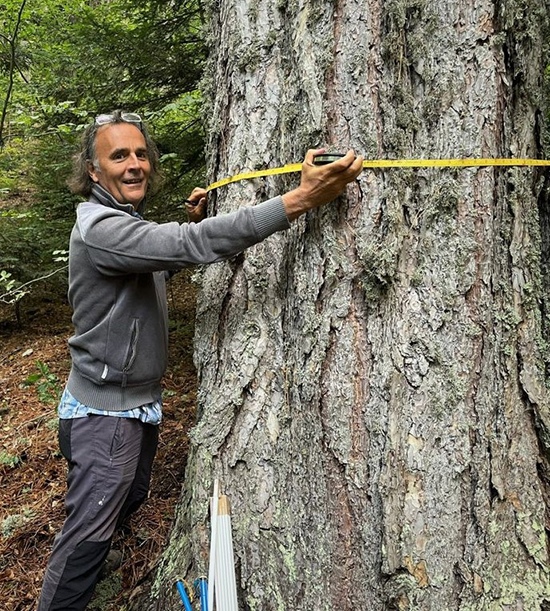
The Importance of Preserving Ancient Trees by Dr. Gianluca Piovesan
Dr. Gianluca Piovesan, a professor at the Department of Ecological and Biological Sciences, Tuscia University, Italy, leads a team of ecologists in years’ effort to preserve ancient trees, which are categorized as several hundreds or even thousands of years old. In their recent review article, published in the journal Trends in Ecology & Evolution on October 19, Piovesan, et al. stated the following:
“Ecologically, ancient trees are anchored nodes of biodiversity and ecosystem complexity enhancing overall forest stability and interactions, playing a key role in reinstating functionality of perturbed ecosystems. For example, large mature trees contribute to root network connectivity via fungal symbionts in Douglas fir (Pseudotsuga menziesii) forests, creating complex, nested topologies where deeply anchored veterans are linked to newly established trees.”
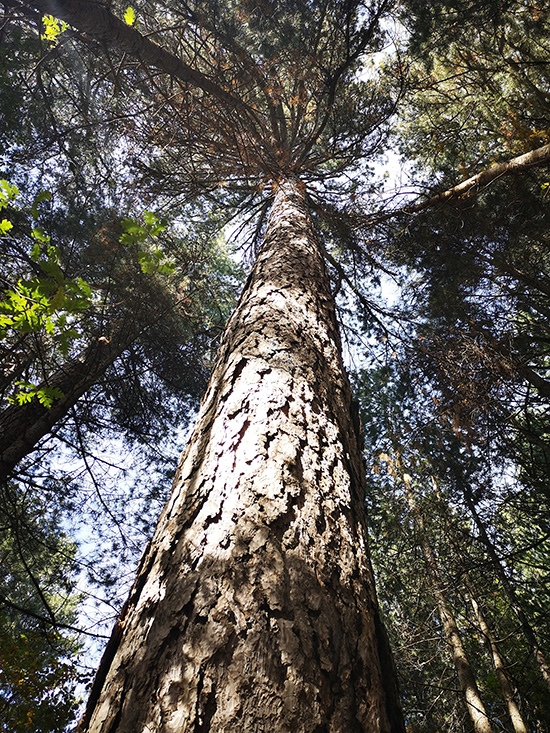
In addition, Piovesan, et al. point out the benefits of preserving ancient trees due to their capacity as carbon storage sinks which provides a buffer to climate change. Furthermore, from an evolutionary perspective spanning centuries-long environmental cycles, ancient trees’ adaptive capacity is crucial to the overall environment, not to mention their presence enhances a sense of belonging among the public both psychologically and culturally.
Despite the important role ancient trees play, they are disappearing at an alarming rate across the planet. This is why Piovesan, et al. call for a global monitoring platform for ancient trees by mapping and monitoring old-growth forests. With advanced technologies and public education, Piovesan, et al. hope for “conserving the unique biodiversity embodied in, and living on, ancient trees while accelerating the restoration of forest functions to mitigate climate and land use change.”
The following interview provides further information on Professor Piovesan and his research on this subject:
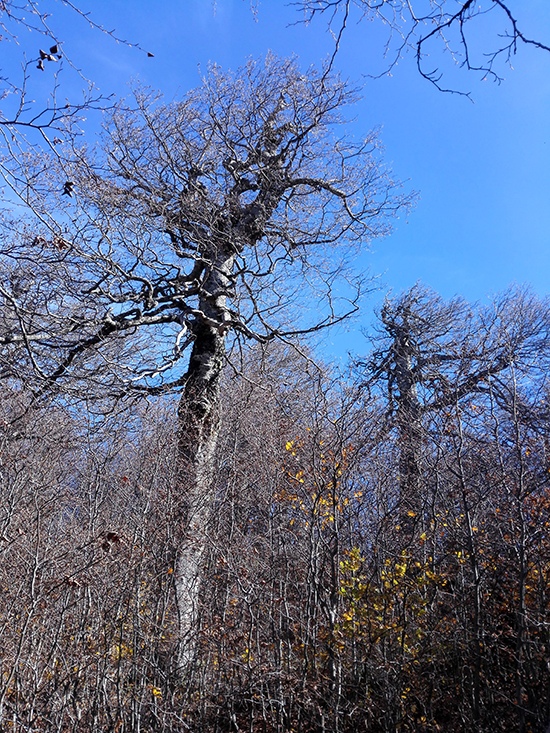
Q: Thank you so much for sharing your expertise on forest ecology and management. First of all, please tell us your educational and research backgrounds.
A: In 1990, I graduated from the University of Tuscia with a degree in Forest Sciences and I began to search for ancient trees and old-growth forests in central Italy where I could study natural processes in wild forest ecosystems. My doctoral thesis (1998) was thus dedicated to describing the compositional, structural, and functional complexity of natural forest ecosystems of the mountains in central Italy, studying how ecosystem integrity holds a unique composition, structure, and growth process with respect to harvested woods.
Since 1990, I focus on: forest ecology and management, ecological landscape planning, Unesco World Heritage natural sites, protected areas, biodiversity, tree longevity, nature conservation, old-growth forests, masting, restoration ecology, impacts of climate change at multiple spatial and temporal scales, historical ecology, paleoecology, natural capital, ecosystem services, rewilding, sustainability, well-being, science communication.
I’m a conservation ecologist because I have been paying particular attention to how forest ecology applies towards creating a sustainable future.
Q: You recently published a review article in the journal Trends in Ecology & Evolution on October 19 stating the importance of preserving ancient trees while presenting a project initiative to ensure their protection and longevity. Please tell us more about your study in this regard and your proposed project.
A: Our review underlined once again how vital old-growth forests and ancient trees are to preserving biodiversity and mitigating climate change and how unique these world’s natural heritage forests are. We absolutely must preserve old-growth forests and ancient trees to transition to an ecologically sound future. This study demonstrates how it is of fundamental importance to preserve even small nuclei of old trees (even below one hectare) and single ancient trees in rural areas and city parks. These patches of old and ancient trees can thus become the cornerstones of the old-growth forests of tomorrow in rewilding or restoration projects providing unique biodiversity and fitness elements that will guarantee the functionality of the restored ecosystem.
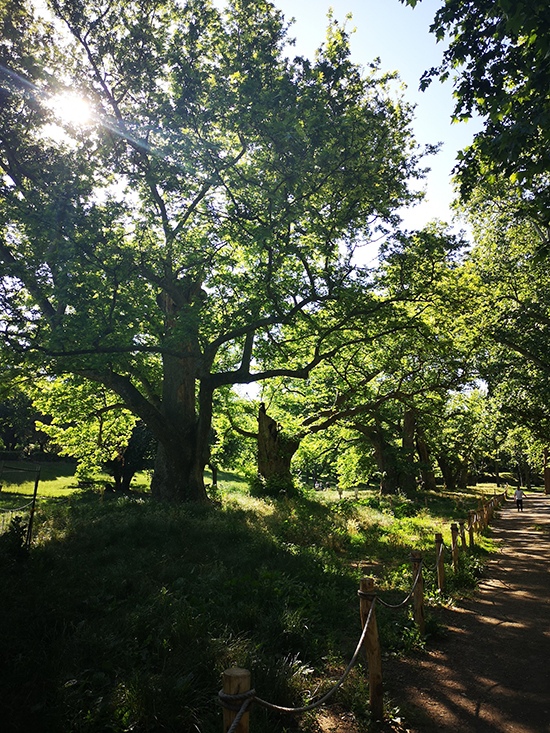
Q: How would you achieve ancient tree mapping on a global scale and what challenges might you encounter?
A: As we have underlined in the review, this is an ambitious project in which the active participation of communities is expected through specially developed apps, as is already happening, for example, in Canada (see Box in the Trends in Ecology and Evolution paper). Protecting old trees and more generally giving adequate space and time to natural processes (see Half-Earth project) is essential to avoid the sixth mass extinction. It is strategic to include old-growth forests, mature ones, and ancient trees in the objectives of Agenda 2030 (goal 15) and of the CBD. The only real challenge is the protection of ancient trees in parks or in areas where falling can cause a risk to public safety. For example, in Villa Borghese (Rome) the old oriental plane trees of the early 1600s were delimited by a light fence made with rope to signal the potential risk in the area of respect for the old trees.
Q: Based on your current study, where are ancient trees located and what are the threats they are currently facing?
A: Ancient trees are in a diversity of environments. Ancient and old are first and foremost in the so-called primeval and old-growth forests; most of them today are located in areas with low human impact such as mountains or tropics. For example in Italy, we have found a lot of old trees in remote mountain locations of the Apennines. Moreover, they are also found in cultural landscapes where, for example, in the Mediterranean olive, chestnut, pear, and mulberry trees over 400-500 years old are found. Then there are the historic parks of villas such as the Renaissance ones. However, in cultural landscapes protection is more challenging so it is important to explain why respecting ancient trees will contribute to the ecological transition. Protecting natural forests from human impacts also protects the life of old trees. More complex is the planning in cultural landscapes where old trees risk their lives for various factors not only due to cutting and fires but also because olive groves and chestnut groves, for example, need a certain amount of active management. Furthermore, it is important to underline that the replacement of an old tree in a cultural landscape must be planned long before its death and this activity is quite complex.

Q: You are currently the head of the Dendrology Lab and the Landscape Ecological Forest Planning Lab at the Department of Ecological and Biological Sciences, University of Tuscia. Please tell us the missions of these two labs.
A: After 30 years of dendroecological and ecological planning research, we now know that old-growth forests of the Apennines contain a unique stock of ancient trees within deciduous temperate forest biomes. In these old-growths trees express maximum ages that go far beyond the maximum longevity previously reported in textbooks. For example, in the old-growth beech forest of the Apennines, inscribed since 2017 in the Unesco world heritage list, trees of 500 years old are common features in national parks in Foreste Casentinesi, Abruzzo, and Pollino National Parks. Recently, we discovered beeches over 600 years old, the oldest dated beech tree in the world (you can see a picture of Michele in the Box 1 of Trends in Ecology and Evolution paper. It was nicknamed Michele in memory of Michele Tenore an Italian botanist who described Pollino old growths at the beginning of 1800). It was quite surprising to discover that contemporary trees of Cristoforo Colombo’s time still live just over 100 km from Rome. Today we know that many threatened species have their exclusive habitat in these natural forest ecosystems because ancient trees are an irreplaceable hub of biodiversity. Saproxylic species, as rare and elusive as the saproxylic Buprestis (Goldstreifiger), need forests that have not been disturbed by humans, and where trees have completed their entire life cycle. Not by chance, we have found this threatened Goldstreifiger beetle living with the oldest scientifically dated tree in Europe, Italus, a Heldriech’s pine of 1235 years. We have also recently highlighted how even the Mediterranean old-growth forests exhibit resistance to climate warming (https://www.sciencedirect.com/science/article/pii/S0048969721047598?via%3Dihub), thus indicating their value in biodiversity conservation and the ability of these old-growth forests to store huge quantities of carbon for a long period of time.
Since 2010, in collaboration with Scott Mensing of the University of Nevada, we are deepening the studies on old-growth forest dynamics and historical ecology by combining dendroecological methods with paleoecology and historical ecology in hotspot areas of the Central Mediterranean region. In the Apennines, most ancient trees were born in the rewilding phase after the black plague (1346-1352) so their maximum age could be limited by previous land exploitations during Medieval times. In collaboration with a physics group from Cedad we are developing combined tree-ring and radiocarbon dating methods to overcome the problem of rotting wood in ancient trees or false rings in evergreen trees growing in warm temperate environments, such as in the case of holly oaks of Monte Cristo island. Thanks to this collaboration it was thus possible to demonstrate the remarkable ages of Italus (the oldest scientifically dated tree in Europe, 1235 years old) and of Demetra, an oak of 930 years living in the Aspromonte National Park. Another line of research is strengthening conservation messaging using artwork to draw public attention to the importance of protecting Nature. I provide photos of ancient pine, oak, and beech trees to the artist Mery Rigo who turns them into artwork in a collection called Dendrocene.
With Dr. Franco Biondi of the University of Nevada, we recently produced a review on tree longevity (https://nph.onlinelibrary.wiley.com/doi/full/10.1111/nph.17148). After tracing the state of knowledge on the longevity of trees, we delved into the mechanisms related to the evolution and ecology of long life.
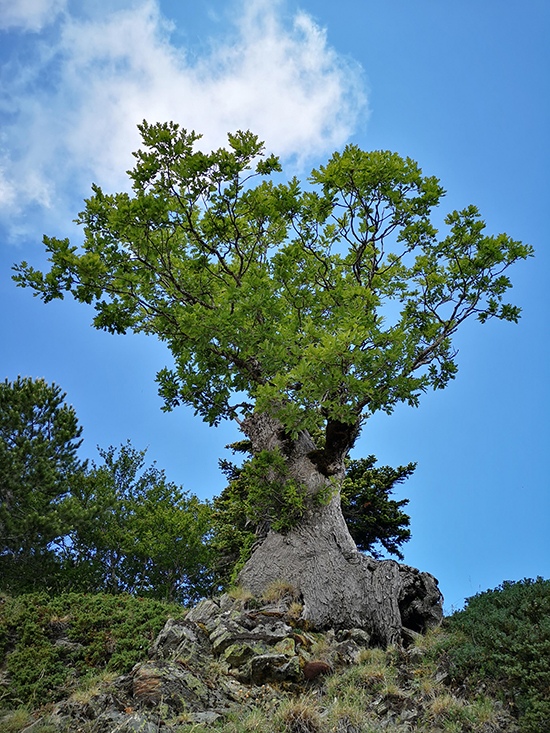
Q: Does understanding how ancient trees store carbon help us to create artificial carbon sinks? Should we even build such artificial solutions?
A: The simplest and most efficient solution is generally to give space to nature, for example with rewilding. Trees have a long evolution behind them, so they are practically perfect “machines” to remove carbon, conserve biodiversity, and offer us a lot of ecosystem services. The great thing is that they do it autonomously.
Q: Is there anything else you would like to tell our readers?
A: Old trees make us reflect on the times of nature that are so different from those we are used to dealing with today. Time is running out so leaving more space and time for natural processes at this point is essential to guarantee us a livable world. It is not enough to protect old forests and trees. At this point we must give space back to nature to enter the ecological transition with a win-win nature-based solution.
*****
We hope the above interview will help you to understand the importance of preserving ancient trees. Together, we can make this world a better place, starting from protecting the very old trees which stand testament to the history of our planet’s ecology.